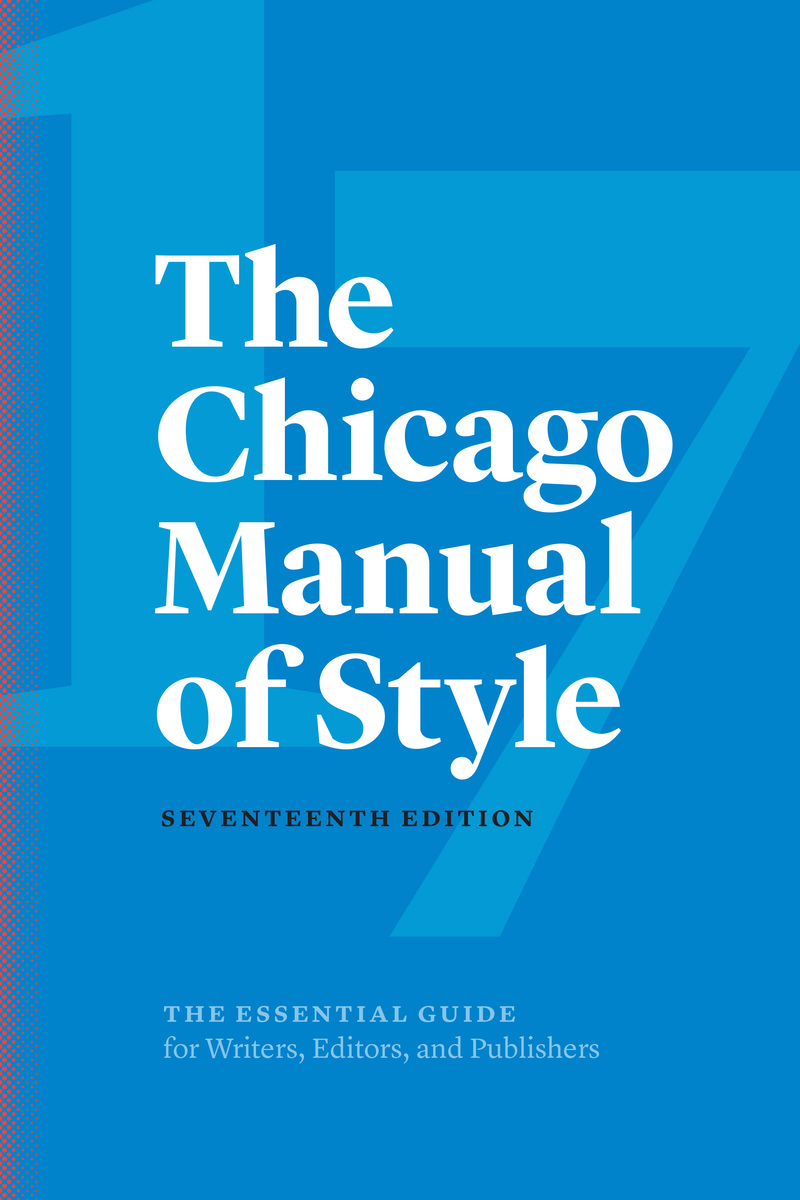Introduction
Why cite?
A citation informs a reader that the material in your work, such as a quote, image or idea, came from another source.
Research and scholarship is built upon the work of earlier scholars. By citing, you acknowledge the work of those earlier scholars and provide a pathway to their work, which allows readers to find your sources and consider the derivation of your ideas. Citations establish your credibility as a serious scholar by providing evidence that you have considered the existing information on a topic.
Failure to cite, or citing improperly, is considered plagiarism.
When do I cite?
You need to cite your sources whenever you quote, paraphrase or summarize ideas that are not your own, or make specific reference to the work of another.
You do not need to cite well-known, undisputed facts. It is not necessary to cite your own ideas expressed elsewhere in the same paper.
What do I cite?
Cite the source that you used. In other words, cite only what you have seen. To cite a work that you have not seen is dishonest and inaccurate. Ideally, you should always try to view primary sources because other authors may have misrepresented statistics, ideas or meaning from the primary source.
Formatting a Citation
What information is included in a citation?
You need to provide enough information for your reader to easily find your sources.
In general, citations include the following information:
- Author and/or editor names
- Title of article or chapter
- Title of journal or book
- Volume and issue numbers (journal articles)
- Pages
- Year of publication
- Place of publication and publisher (books and book chapters)
How do I format a citation?
Scholars writing in the sciences typically use in-text (also called parenthetical) citations with a list of references at the end of the paper. The way citations appear (format) depends on the citation style, which is a set of established rules and conventions for documenting a source. Citation styles can be defined by an association, such as the American Psychological Association (APA) or the American Medical Association (AMA), or journal, such as The New England Journal of Medicine.
See below for resources that show you how to format citations in a specific style.
Citation Tools
NLM Citation Machine
A citation builder. Displays citations in NLM's PubMed format. Created by Alec Huang, Team Nexus.
NLM's PubMed Format
On any PubMed search results screen, change the display format to Summary (text).
PubMed Javascript Widget
Drag Eric Minikel's Cite Step 1 button to your web browser toolbar. Search PubMed and click on Cite Step 1 while looking at PubMed search results.
ZoteroBib
Paste or type a URL, ISBN, DOI, PMID, arXiv ID, or title into the search box. Style choices include APA, Chicago, MLA, Turabian or any of 9,400 other styles.
Citation Style Resources - Online
- AMA Manual of Style: A Guide for Authors and Editors (10th edition)AMA Manual of Style continues to provide editorial support, including guidance on grammar, punctuation and citations, to the medical and scientific publishing community.
- Academic WriterDesigned to help users develop their writing and professional research skills. Includes tutorial videos, tests and self-quizzes, sample references, and a wealth of sample papers, figures, and tables to demonstrate correct usage of APA Style.
- APA Style Guide to Electronic ResourcesOffers comprehensive information on formatting electronic references in APA style.
- Chicago Manual of Style Online
 Online version of the current (17th) edition of the Chicago Manual of Style.
Online version of the current (17th) edition of the Chicago Manual of Style. - Purdue University Online Writing Lab (OWL)
 Well-organized, easy-to-follow guides for American Psychological Association (APA), Modern Language Association (MLA) and Chicago styles.
Well-organized, easy-to-follow guides for American Psychological Association (APA), Modern Language Association (MLA) and Chicago styles.